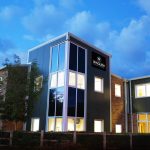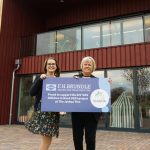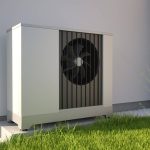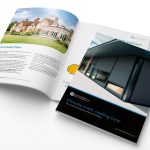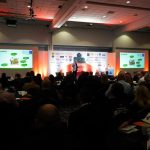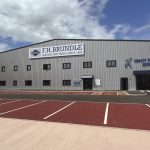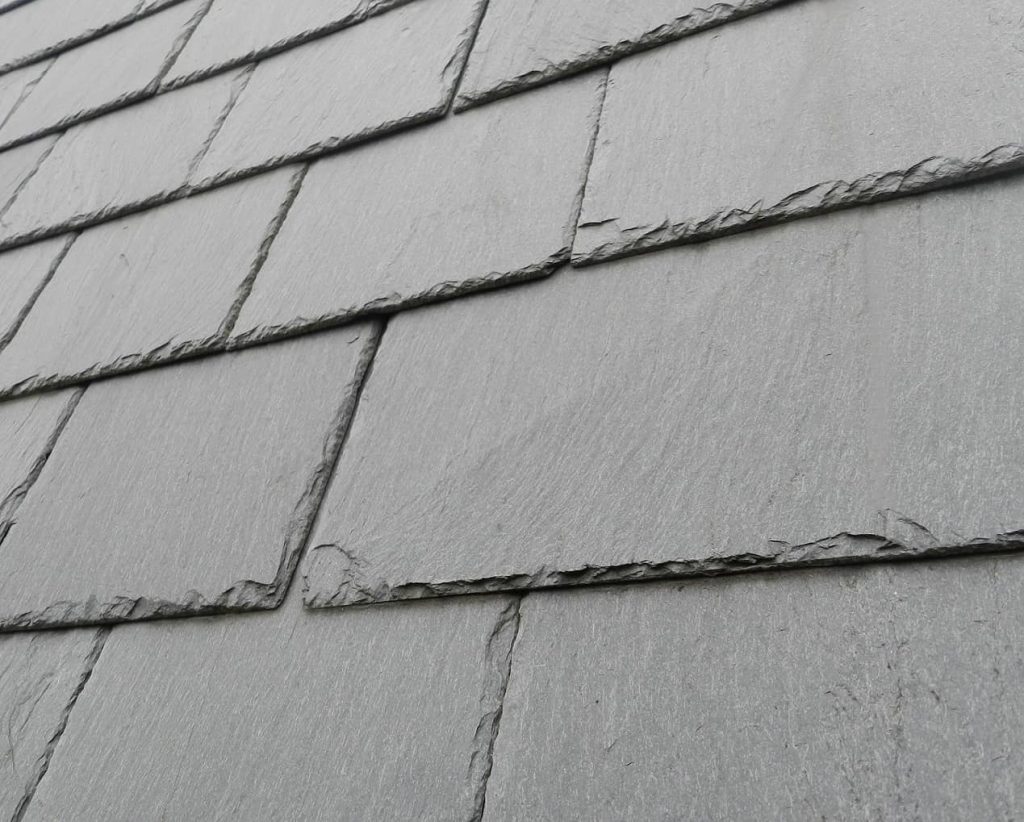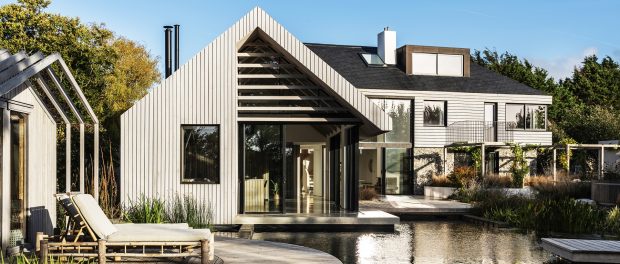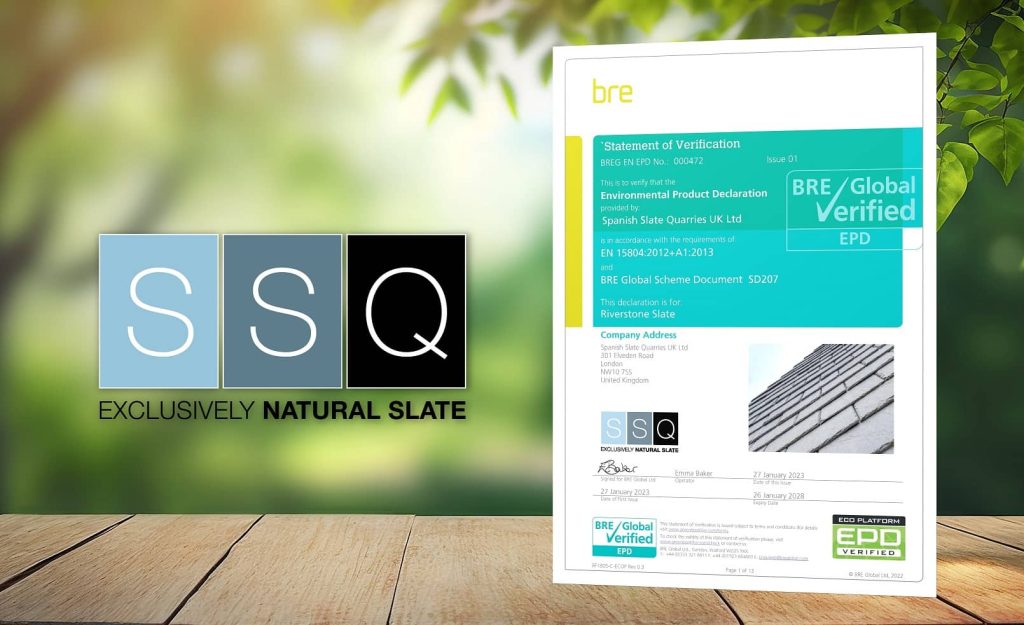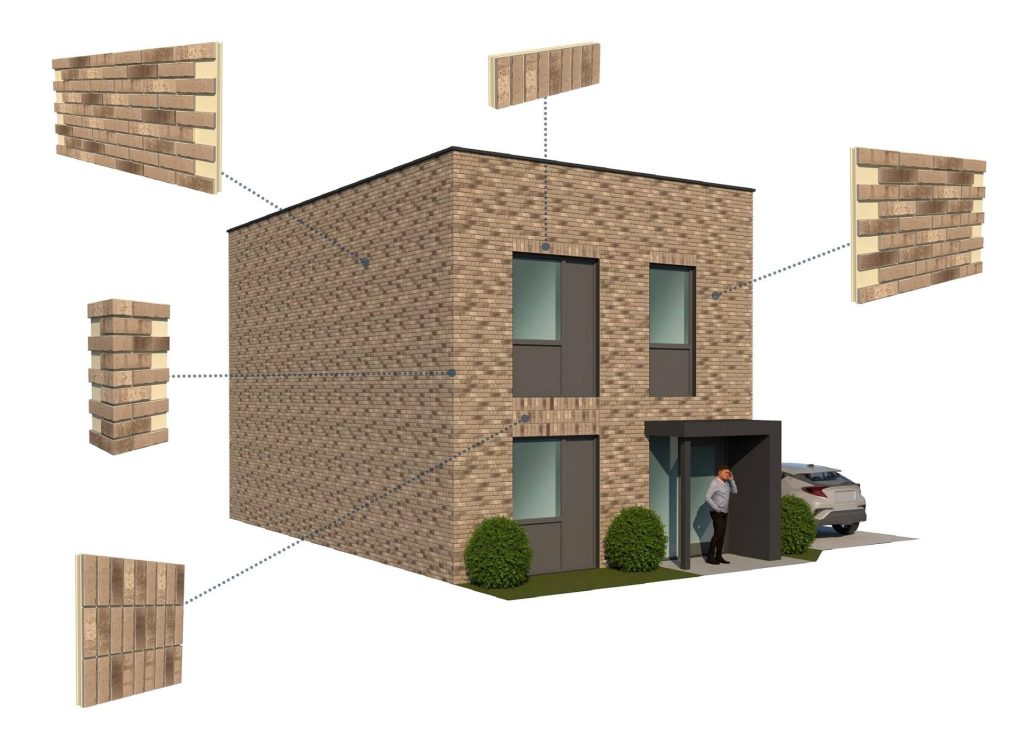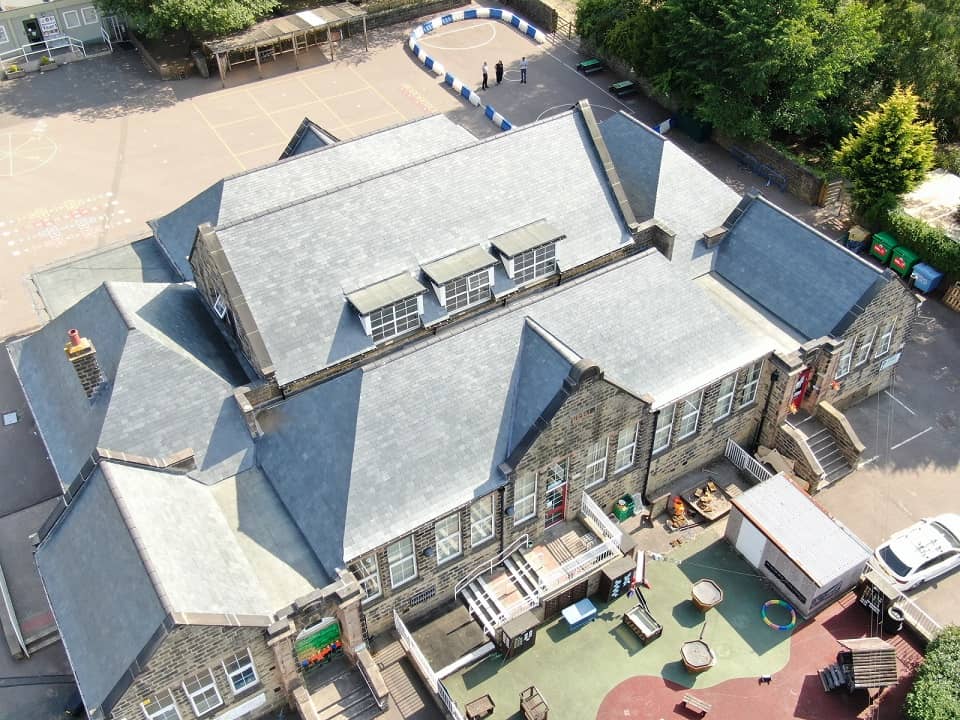Ecodorp: A study in circularity
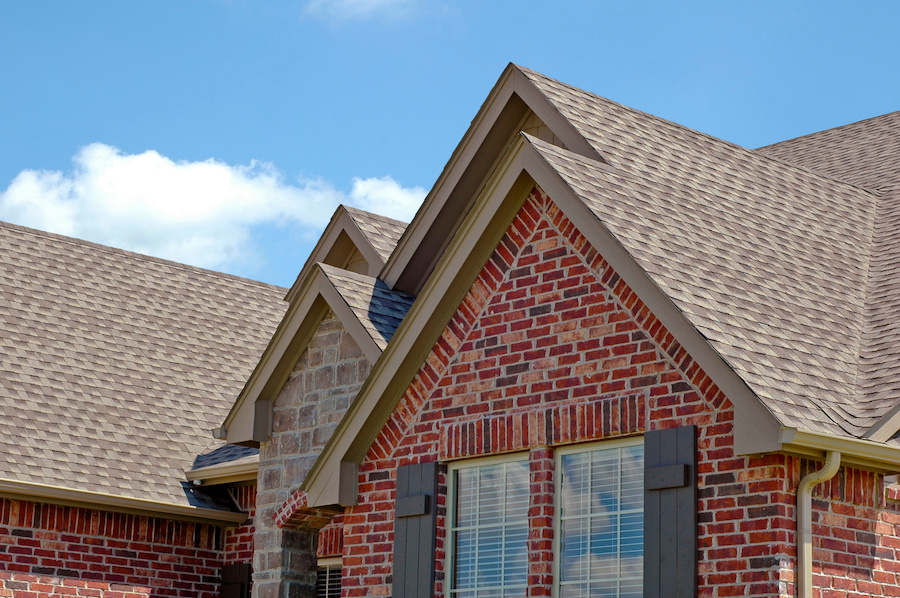
Roof line of a house with gabels
Allen Coldrake from Carlisle Construction Materials, discusses the Ecodorp project; a sustainable community in the Netherlands where Hertalan EPDM membrane, installed using induction technology, has been specified as part of a cradle-to-cradle approach to circular sustainability.
There have been a number of showpiece sustainable social housing developments in the UK, combining environmental and social value within a single project. The concept of a project that is sustainable in terms of both materials and community is gaining traction across Europe, and one project in the Netherlands is providing a benchmark for how this idea can be advanced still further.
The Ecodorp development in Boekel, southern Holland, is a neighbourhood of 30 climate-adaptive and climate-positive rental homes, along with six informal care homes, a community centre, a knowledge and education centre, a workshop, and offices, located in three circular buildings, constructed from renewable timber. The community is not only being built using natural, sustainable and recyclable materials, it has also been designed to enable residents to grow their own food supplies, generate their own energy, and purify their own water supply.
It is a project that chimes with the environmental aims of Carlisle Construction Materials and was an ideal development for the use of the Hertalan Induction System. This combination of EPDM, which is considered the greenest roofing membrane technology, and the mechanically fixed induction installation method, which enables the membrane to be removed for re-use or recycling at the end of its service life, align with the development’s focus on circularity, articulated in both its specification and the design of the round buildings.
Specification
Designed by Van Laarhoven Architects and built by ecological contractor Eco+Bouw, Ecodorp is an ERDF, Dutch Government and regional government-funded project that has circular sustainability at the heart of its design strategy. Alongside natural and renewable materials, the buildings have been specified with a ‘fabric first’ approach that considers the environmental credentials, performance, lifecycle and end-of-life potential of each material. This philosophy not only aligns with the environmental and social goals of the project, but also enables the project to benefit from a Dutch Government initiative, which enables developers and building owners to claim back up to 12% of both material and installation costs if the products can be returned to the manufacturer for recycling or repurposing at the end of their service life.
Carlisle has made this commitment to taking back the Hertalan EPDM membrane installed on the buildings as part of the Ecodorp project. Using net environmental benefit analysis (NEBA) data and evidencing the ability to remove and recycle the membrane cleanly at the end of its service life was central to both achieving the specification and demonstrating that the project can qualify for the fiscal arrangement.
In reality, Hertalan EPDM membranes are BBA certified and have an anticipated service life of 50+ years, so it will be sometime before the principle is tested. However, this longevity is an integral part of the environmental goals of the development. When the membrane does reach the end of its service life, the same induction process used to fix the Hertalan EPDM to the roof can be used to cleanly lift it from the substrate, with no residue from primers or adhesives. Only ‘clean’ EPDM membranes can be fixed and detached in this way. Once the membrane is returned to Carlisle, it will be possible to reverse the process used to manufacture the material, returning the EPDM to its component compounds for re-use.
Installation
The 36 homes constructed as part of the Ecodorp development are made from waste or organic materials, including, lime, hemp and cross-laminated timber to drive the goal of 100% circularity. The project has been designed to ‘lock up’ more CO2 than was required in its construction, with 808 tons of CO2 stored in the homes, versus approximately 600 tons of CO2 emitted during construction. The project also used geopolymer concrete, which is made from recycled sand and gravel, and Hertalan EPDM on the roof, which can be lifted cleanly from the substrate at the end of its service life, with no residue from primers or adhesives. Only ‘clean’ EPDM membranes can be fixed and detached in this way, because the chalk used to separate the material prior to vulcanisation in other types of EPDM prevents the technology from sealing the membrane to the metal fixing. Once the membrane is returned to Carlisle, it will be possible to reverse the process used to manufacture the material, so that the component compounds of the EPDM can be re-used
The roof build-up on each building comprises a recyclable PIR insulation board on the timber roof substrate, followed by the Hertalan EPDM membrane. The 2mm thick membrane requires no primer or adhesive for mechanical fixing using the Hertalan Induction system and Carlisle’s team worked with the delivery partners to provide a technical specification, which included wind uplift calculations, layout of the membrane to optimise the use of materials, and positioning of the fixing plates, most of which were used to fix both the EPDM membrane and the insulation with a single plate.
The layout for the fixing plates was specified as a grid on a technical drawing as part of the technical specification. While standard fixing plates can be used for any insulation-only fixing locations, the plates used to install the EPDM roofing membrane with the Hertalan Induction system have a special coating. This becomes tacky when the plate is heated by magnetic radiation and solidifies again when it cools, achieving a secure bond. If the membrane needs to be removed, for modifications to the building, for example, or at the end of the building’s service life, the same induction process can be used to release the plates and remove the membrane. This allows installation with neither adhesives nor penetrations.
All the metal plate fasteners were installed on each building prior to the installation of the EPDM membrane, which was pulled across the roof making it watertight very quickly. The bonding process was equally fast, with the contractor’s team utilizing the lightweight Hertalan Induction device at each location to create the firm bond. In a single pass of each fixing plate, the equipment heats the plate, which adheres to the underside of the EPDM, and a magnet then cools and applies pressure to the point of adhesion, enabling a fast and secure bond in a matter of seconds. Because the induction equipment heats the plate using magnetic radiation, no hot works were required and it was not possible for the membrane to be heated or fixed in the wrong location.
Achieving circularity
The drive for sustainability has evolved from a focus on environmentally responsible materials and improved building performance to a genuine commitment to preserving resources, using them well and considering their legacy. The Ecodorp project exemplifies these principles. As we look to a future where we have to tackle the issue of finite resources, the ability to reclaim materials with a cradle-to-cradle approach to circularity will be vital, so learning from projects and Government initiatives from other markets is a helpful way of considering how the green agenda can be accelerated in the UK.

